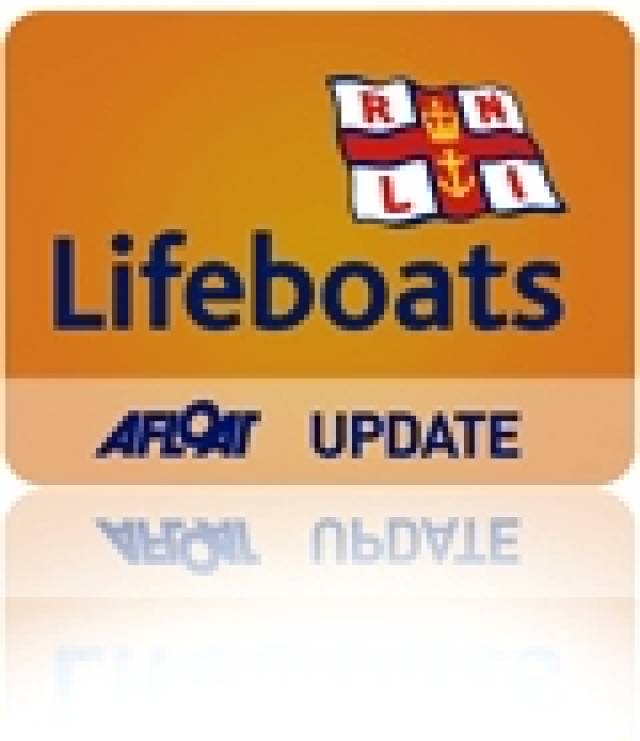#rnli – lifeboat crew with Larne RNLI launched this afternoon when three people got into difficulty at Portmuck near Islandmagee. A male swimmer tried to help when he witnessed a woman and child being blown out to sea on an inflatable dinghy. However the swimmer was unable to reach the pair who were drifting dangerously out to sea.
Larne RNLI were requested to launch their inshore lifeboat at 5pm and were on scene minutes later. They located the dinghy with the two onboard about a mile from shore and were alerted to the position of the swimmer some distance away. They immediately went to the exhausted man and recovered him onto the lifeboat before taking the woman and child onto the lifeboat.
The three were met on shore by members of Portmuck coastguard, where they were checked for injuries. All three were shaken but not hurt by their ordeal. The lifeboat crew destroyed the dinghy and brought it back to shore.
Speaking on the callout Larne RNLI lifeboat helm Pamela Dorman said, "Thankfully all three people involved were safely brought home. The swimmer saw what was happening and tried to help but the dinghy was acting as a sail and being blown further out to sea with the occupants unable to control it. He was exhausted, which is why we recovered him first into the lifeboat before returning to the dinghy and rescuing the woman and child.
While the weather was good there was a strong wind. Inflatables can easily be blown out to sea and are not ideal for the coast."
Larne RNLI volunteer crewmembers Christopher Dorman and Barry Kirpatrick were the two other lifeboat crew on the callout.































































